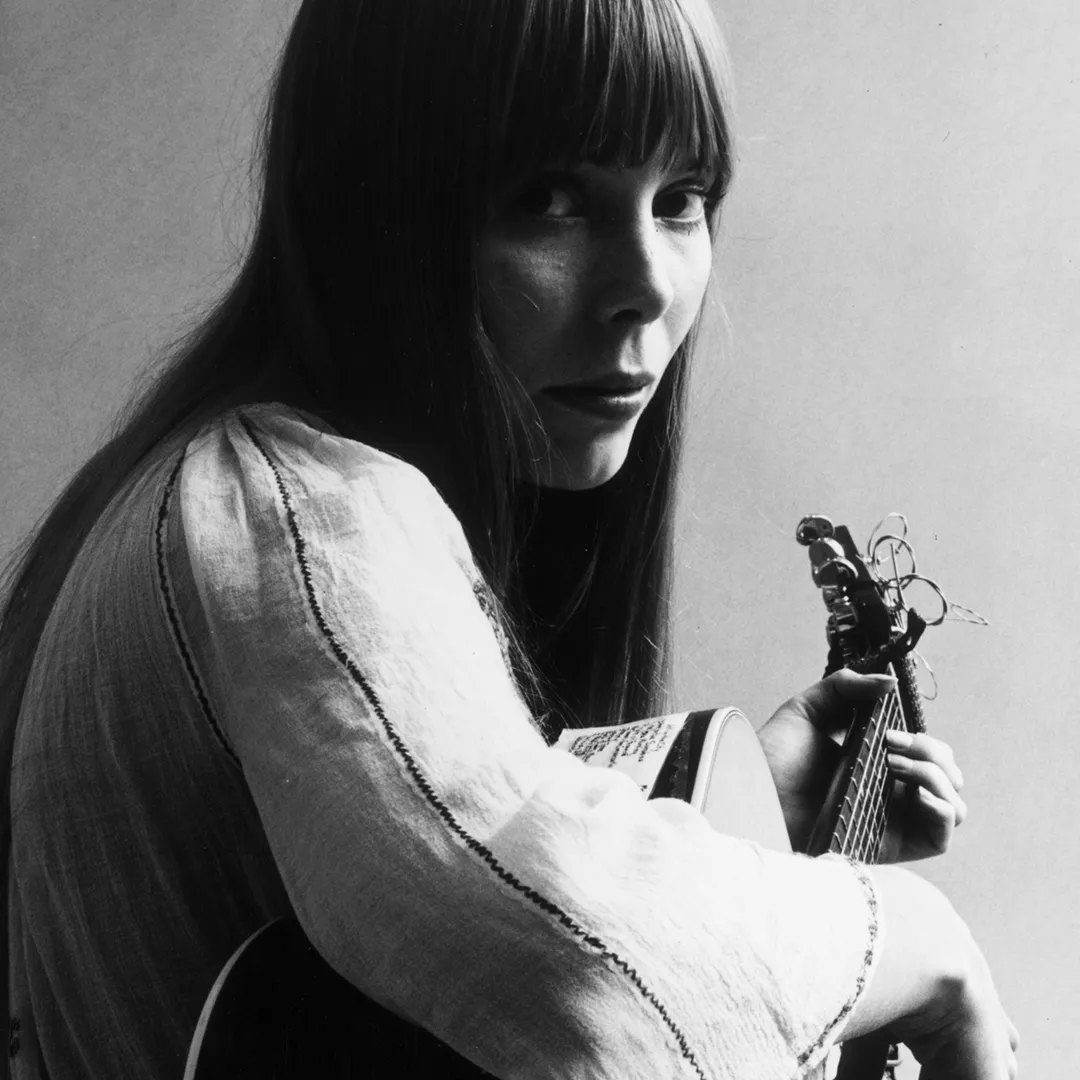Celebrating International Women’s Day
International Women’s Day is when we always take a moment to reflect and celebrate women who have inspired us and look forwards with hope for agender equal world. One that is diverse, equitable, and inclusive.
Alina Ohriniuc, Senior Architect
Imagine a world powered by machines, where text prompts create amazing images, Critical Thinking is one of a few skill sets that AI won’t replace. Pushed by curiosity to explore this topic outside the profession, I recently enrolled in a course led by the Economist and consciously dedicated the last few weekends working to identify causes of cognitive bias, exploring the availability heuristic, evaluate assumptions and cultivate constructive doubt to avoid the trap of confirmation bias and groupthink.
Architecture, critical thinking, and journalism infused ideas defined my mental space when asked to write this short article to celebrate Inspiring Women.
No surprise that my first thought went towards Ada Louise Huxtable, the architectural alchemist of words and the first architectural critic of the New York Times. In the tapestry of architectural criticism, Ada Louise stands as a weaver of intricate patterns, infusing her writing with the essences of the built environment. With a career that transcends mere commentary, and a pen sharp as a drafting pencil, Huxtable’s writings are not just critiques; they are catalysts for conversation, agents of change in an ever-evolving urban landscape.
In “The Tall Building Artistically Reconsidered,” she challenged conventional notions of skyscraper design, arguing for a more nuanced approach that prioritized human-scale experiences over sheer verticality. She fearlessly critiqued both the successes and failures of architects and developers, holding all accountable for their contributions to the urban fabric with a strong believe in the social value of architecture. In her own words: “I came out from the belief that architecture is a social art. It’s a great art, but it’s a social art. It has to work. It has to serve people.”
One of Huxtable’s most enduring legacies is her advocacy for creative conservation. Her influential writings played a pivotal role in shaping public opinion and policy, ultimately leading to the preservation of numerous iconic structures, including Grand Central Terminal in New York City. In essays like “How to Save Our Historic Landmarks,” she condemned the rampant destruction of historic buildings in the name of progress, calling attention to the irreplaceable loss of cultural memory with each demolition. In ‘Tough times for the country’s natural assets’ she called out the crisis of the environment writing – ‘ Total clearance is dead (…) Conservation and community are the two sides of the environmental coin. For the crisis of the environment is also the crisis of cities and of the man-made world. It is a crisis of survival and the soul — and of conscience, as well.’ How current her thinking is!
Beyond her role as a critic, Ada Louise was a prolific author, penning several books that explored various facets of architecture and urban planning.
In 1970, Huxtable’s contributions to the field were recognized with the Pulitzer Prize for Criticism, making her the first architecture critic to receive the prestigious award. Yet, for her the true measure of success was not accolades but the knowledge that her writing had the power to shape the world around her. As we celebrate the International Women Day , let us honour Ada Louise Huxtable and her legacy, a testament to the enduring power of critical discourse in shaping the built environment.
Samantha Lopez, Head of Marketing
The fearless and foremost Canadian singer songwriter Joni Mitchell, who aged 80 years old graced the Grammies with her performance of Both Sides Now, is an inspirational woman to those in her industry and beyond.
Her album Blue, now a little crumped around the edges, has bought me joy and tears. It is a record with a woman singing about what she thinks, what she wants, and how she feels. Joni Mitchell shattered gender barriers back when women couldn’t even have their own credit cards back in the early 1970’s and was fiercely independent. She wrote her own songs, produced her own albums, developed the album covers, art directed her own photographs and called the shots when it came to her own image, something that contemporary pop artists can still struggle with.
She had an impact on singer-songwriters all around the world; many, including, Bob Dylan, Prince, Alanis Morisette, Taylor Swift and others, cited her as an
inspiration. More significantly, though, she cleared the way for women in a profession dominated by men.
She said in 1979, “The Blue album, there’s hardly a dishonest note in the vocals. At that period of my life, I had no personal defences. I felt like a cellophane wrapper on a pack of cigarettes. I felt like I had absolutely no secrets from the world, and I couldn’t pretend in my life to be strong. Or to be happy. But the advantage of it in the music was that there were no defenses there either.”
Blue will continue to play in my home and if I ever had the chance, I would like to meet Joni downstairs in the Village Vanguard, a jazz club in New York. We would chat over martinis and even a cigarette, ideally whilst Sade, another female trailblazer not scared to sing about fragility, performs on the stage.
#InspireInclusion

